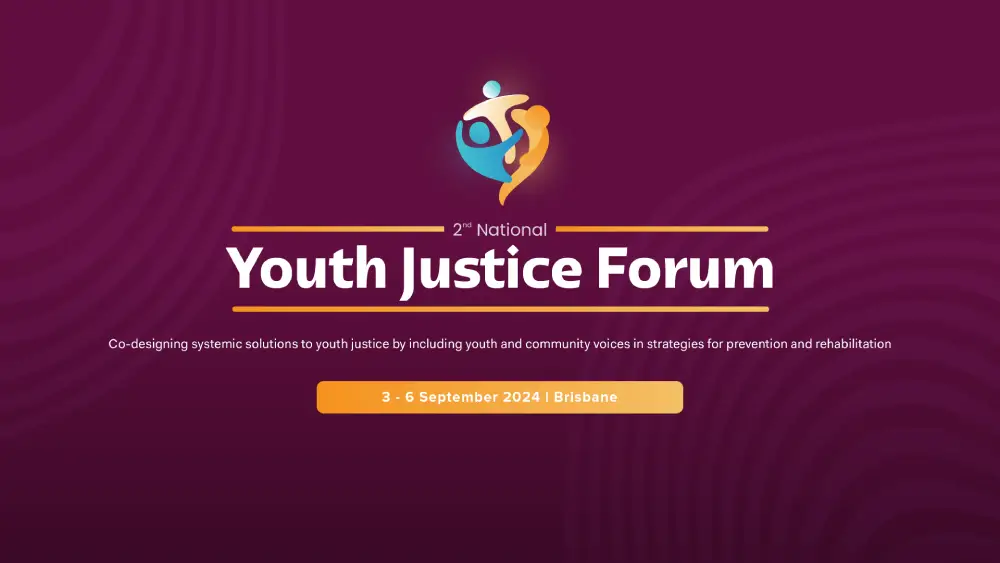Has the profile of the typical philanthropist changed in recent years?
We know that the wealth profile has changed in recent years with more fortunes being self-made. This has had an obvious impact on philanthropy.
There are increasing numbers of people who are new to giving and want to do more than write a cheque. They want to be engaged with their giving in ways similar to their businesses; they want fast results and they want to see tangible results for their charitable ‘investment’.
Many also like to network and learn from one another. Some of them are also prepared to talk about their giving and philanthropy; they see it as a way of supporting and promoting the causes they are most passionate about.
It’s important, however, not to forget that there are still many generous families who have been doing philanthropy for years, if not generations. They know how philanthropy can support family ties, and they are as focused on measurable results and have a commitment to effectiveness as much as the new philanthropist. In this respect we can say that there isn’t just a new and old way of doing philanthropy – rather, it’s constantly evolving. These families are a great resource to connect with for the personal knowledge and perspectives they can share with newcomers.
What factors are influencing the global philanthropic sector currently?
This question was recently answered by the President of Berks County Community Foundation and Chair of the United States (US) Council on Foundations Kevin Murphy during his recent visit to Australia. He represents billions of dollars in philanthropic investment at the highest level.
According to Murphy, “Financial advisors are key to sustaining philanthropy and it’s important that they can explain how community foundations work.
“Wealthy people can create a private trust, but advisors operate in the community and want their community to survive and thrive – this is called successful civic philanthropy.”
Community foundations are a popular option for donors who don’t want the hassle of administering their own foundation, who are time poor, and who also want to benefit from the connections, projects, resources and networks that community foundations bring.
Murphy is also an advocate for cross-border giving, developing models and vehicles for pooling foundation resources and increasing collaboration, and identifying key opportunities to engage with policy- makers and multilateral organisations. He campaigns for this through his leadership of the Global Philanthropy Leadership Initiative; a partnership between the US Council on Foundations, the European Foundation Centre and Worldwide Initiative for Grantmaker Support.
“We share information with each other, we pool ideas, we have expert and leader visits, which connect Europe with America and now with Australia,” he said recently.
What are the common barriers that not-for-profit (NFP) organisations are facing when it comes to attracting and retaining donors?
One of the most common problems I hear from donors about their interaction with NFPs is that they weren’t approached about a donation in a professional way, or that they weren’t hankered properly.
Other key barriers relate to perceived need, impact and administrative costs. Donors want good information about the difference their funding is making but at the same time they want to make sure that virtually every cent of their donation gets to the end user. This is sometimes counterproductive when a successful outcome needs a NFP with good management and systems.
Furthermore, the drive for more data on NFP performance is also expected to continue but NFPs aren’t necessarily funded well enough to capture the right kind of data that’s going to help them articulate their case or help implement positive change, innovation and improvements.
In the end, donors will have to be prepared to pay for studies that help track what’s working and what’s not and that will help the NFP’s and the causes they really care about.













































































































































